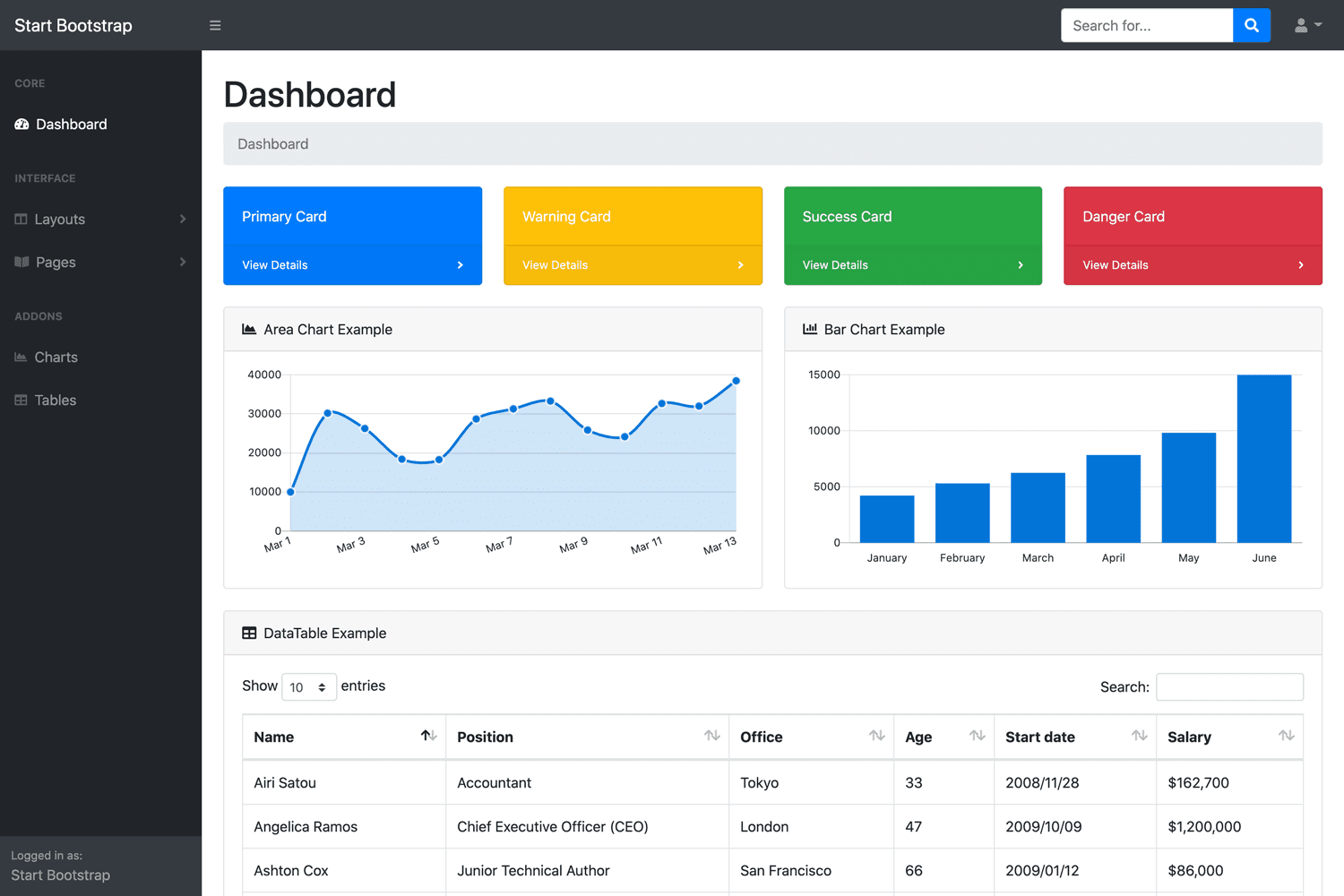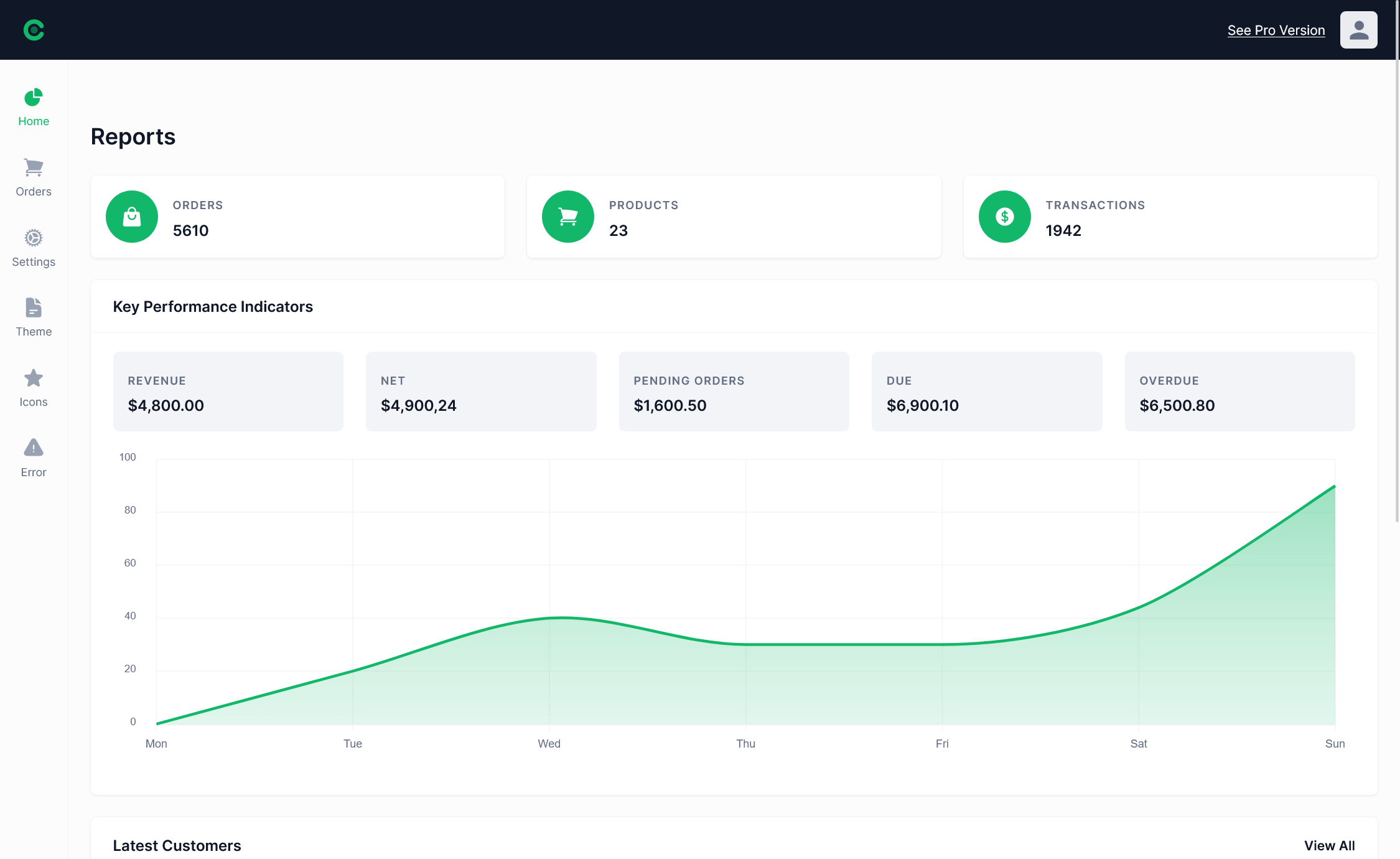Improving Web API performance
By Tan Lee Published on Dec 30, 2024 316
ASP.Net Web API is a lightweight framework for building stateless HTTP services, ideal for designing and implementing RESTful services over HTTP. REST is an architectural style that defines constraints for stateless communication. Web API has become a popular choice for creating lightweight HTTP services.
1. Use the Fastest JSON Serializer
JSON is a popular choice for data exchange between clients and servers due to its lightweight nature, which minimizes network bandwidth usage. However, JSON serialization can still impact performance. For improved performance, it's essential to choose the fastest JSON serializer. Protocol Buffers (Protobuf), developed by Google, offer a faster and more efficient data exchange format than traditional JSON.
To use Protobuf with your Web API services:
- Install the Protobuf-Net package from NuGet.
- Register the Protobuf formatter in your Web API configuration.
- Decorate your model types with the
[ProtoContract]and[ProtoMember]attributes for serialization.
For example:
[ProtoContract]
public class Product
{
[ProtoMember(1)]
public int ProductId { get; set; }
[ProtoMember(2)]
public string Name { get; set; }
}Alternatively, you can use [DataContract] for XML and JSON support while defining the property order explicitly.
2. Implement Compression Techniques
To further enhance your Web API performance, use compression techniques like GZip or Deflate to minimize the size of data transferred over the network. You can apply compression at the IIS level or use a custom delegating handler or action filter in Web API.
3. Use Faster Data Access Strategies
Retrieving data quickly from the database is crucial for your Web API’s responsiveness. In general, using ADO.Net directly is faster than relying on ORMs, as ADO.Net provides more control over data access. If an ORM is necessary, choose a lightweight ORM for better performance. Also, minimize the number of database round trips to avoid latency.
For example, you can optimize data retrieval by caching frequently accessed data, reducing the need to query the database for every request.
4. Leverage Caching
To reduce the load on your database and improve API performance, implement caching for endpoints that serve frequently requested or infrequently changing data. Caching eliminates repetitive database calls and speeds up response times.
5. Use Asynchronous Methods
Asynchronous methods are essential for improving throughput and scalability in Web APIs. By using async operations, you can handle more concurrent requests, especially in systems with multiple cores. This boosts the application’s overall performance and ensures it can scale efficiently under load.
Example of an asynchronous method to fetch data from a database:
[HttpGet]
public async Task<IEnumerable<Order>> GetOrders()
{
return await dbContext.Orders.ToListAsync();
}By implementing asynchronous operations, you can avoid blocking calls and allow the system to process other requests in parallel, significantly improving throughput.
By using strategies such as the fastest JSON serializers, compression, optimized data access, caching, and asynchronous methods, you can significantly improve the performance of your Web API services.
- Implement security headers for an ASP.NET Core
- How to add security headers to an ASP.NET Core Application
- How to Initialize TagHelpers in ASP.NET Core with Shared Data
- Boost Your ASP.NET Core Website Performance with .NET Profiler
- The name 'Session' does not exist in the current context
- Implementing Two-Factor Authentication with Google Authenticator in ASP.NET Core
- How to securely reverse-proxy ASP.NET Core
- How to Retrieve Client IP in ASP.NET Core Behind a Reverse Proxy





